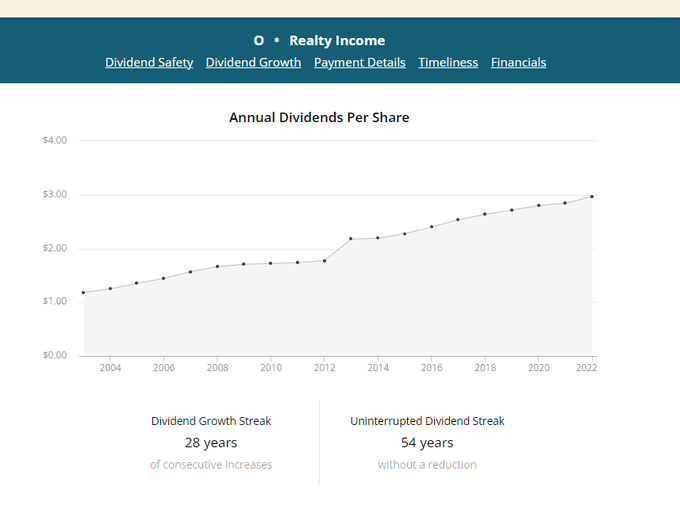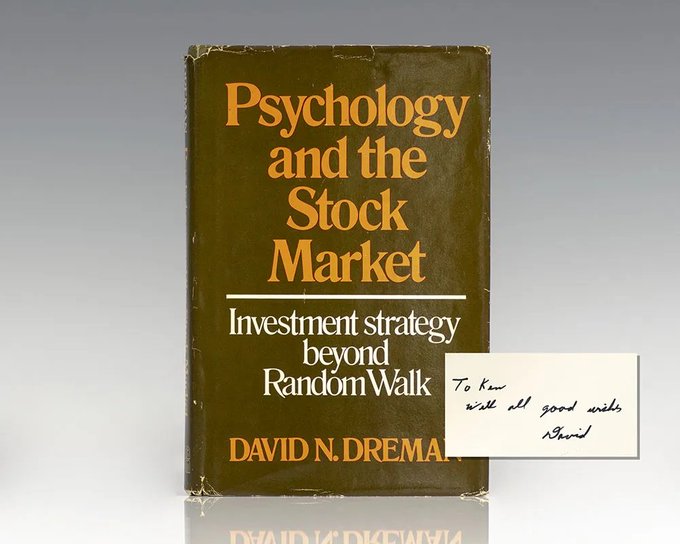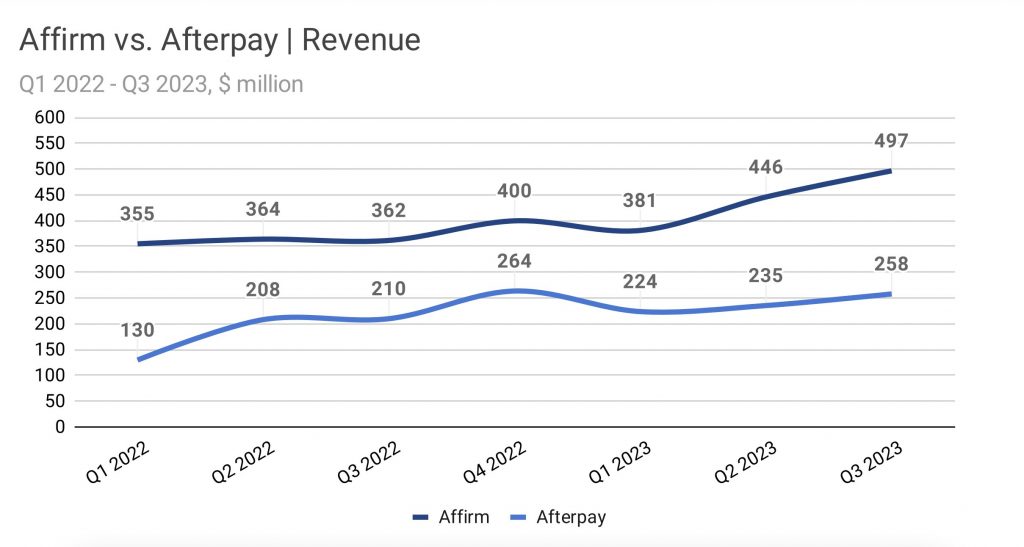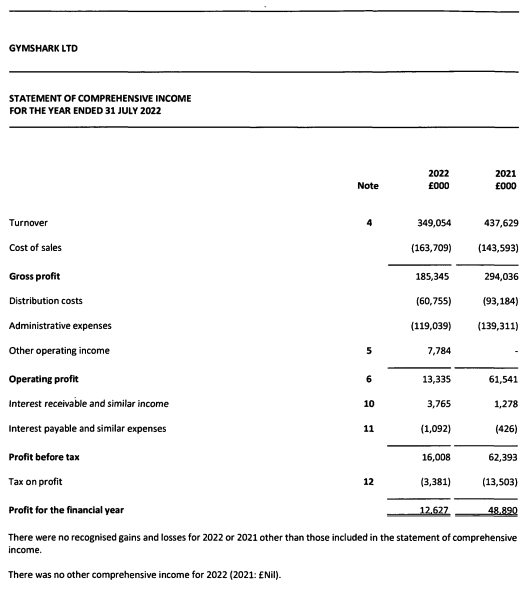While Salesforce doesn’t publicly disclose an official list of their “biggest” clients, here are some of the prominent companies and organizations known to be Salesforce customers, highlighting the diverse range of industries they serve:
Large Enterprises:
- Amazon Web Services (AWS)
- U.S. Bank
- Walmart
- Toyota
- BMW
- L’Oreal Americas
- American Express
- The Hershey Company
- Canon
- The New York Post
- NBCUniversal
- PayPal
- Ford
- NASA
Public Sector and Non-profits:
- The American Red Cross
- The U.S. Department of Veterans Affairs
- The City of San Francisco
- UNICEF
Smaller Businesses:
- Many small and medium-sized businesses (SMBs) across various industries also utilize Salesforce solutions, highlighting their scalability and adaptability to diverse needs.
Additional Considerations:
- Global Reach: Salesforce boasts a global customer base, with a presence in over 170 countries.
- Industry Focus: While they serve a wide range of industries, Salesforce has a strong presence in sectors like technology, healthcare, financial services, and manufacturing.
- Customer Segments: Their solutions cater to various customer segments, from large enterprises to small businesses and non-profit organizations.







